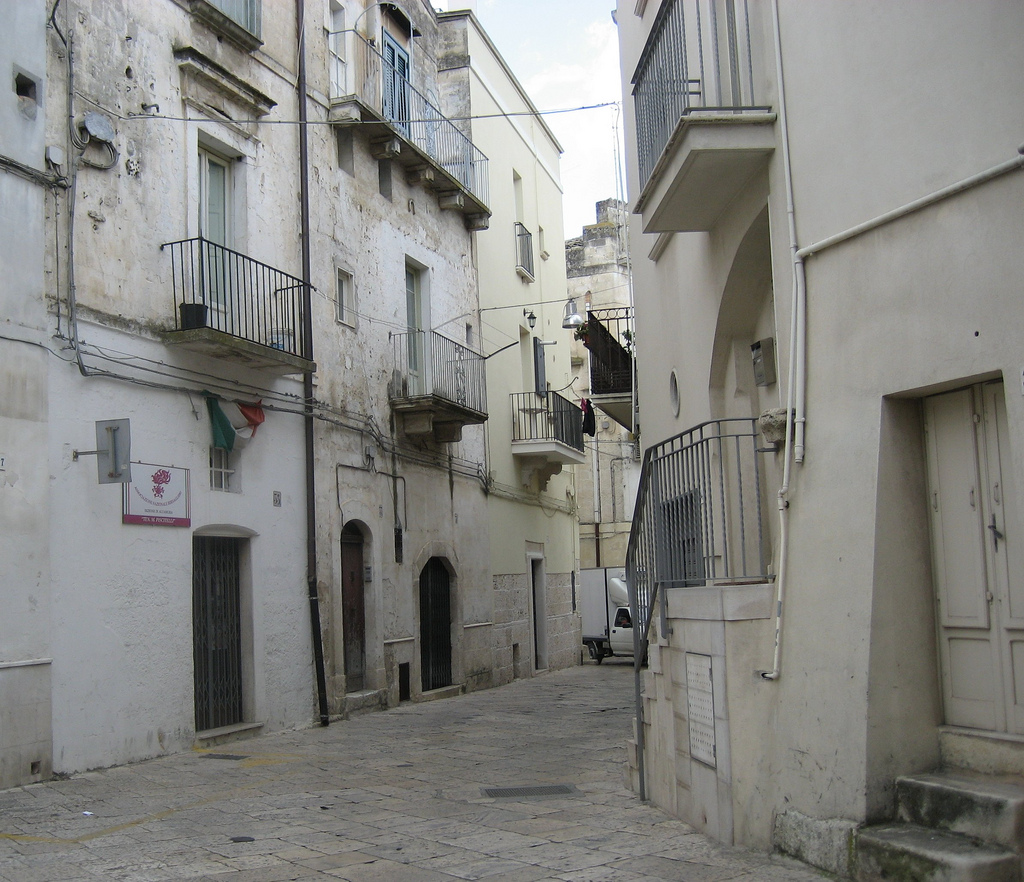|
Altamura Diocesan Museum Matroneum
Altamura Diocesan Museum Matroneum ( it, Museo Diocesano Matronei Altamura, also MUDIMA) is a museum located inside Altamura Cathedral, whose entrance is on the left side of the church's main entrance. It is located on the second and third floors, in the so-called matroneum of Altamura Cathedral. Among other things, the museum holds statues from the Middle Ages, the XV and XVI centuries. Books, notary letters, reliquaries as well as most of the cultural heritage collected in Altamura Cathedral over the centuries are on exhibition inside the museum. The so-called Murat's cloak is also on exhibition. History The museum opened in 2016, thanks to Msgr. Giovanni Ricchiuti, bishop of the diocese of Altamura-Gravina-Acquaviva delle Fonti. See also * Altamura * Archivio Biblioteca Museo Civico * University of Altamura References Bibliography * External links Official website of Museo Diocesano Matronei Altamura (MUDIMA) {{Authority control 2016 establishments in Italy ... [...More Info...] [...Related Items...] OR: [Wikipedia] [Google] [Baidu] |
Altamura
Altamura (, ; nap, label= Barese, Ialtamùre) is a town and ''comune'' of Apulia, in southern Italy. It is located on one of the hills of the Murge plateau in the Metropolitan City of Bari, southwest of Bari, close to the border with Basilicata. , its population amounts to 70,595 inhabitants. The city is known for its particular quality of bread called Pane di Altamura, which is sold in numerous other Italian cities. The 130,000-year-old calcified Altamura Man was discovered in 1993 in the nearby limestone cave called ''grotta di Lamalunga''. History The area of modern Altamura was densely inhabited in the Bronze Age (La Croce settlement and necropolis). The region contains some fifty tumuli. Between the 6th and the 3rd century BC a massive line of megalithic walls was erected, traces of which are still visible in some areas of the city. Ancient city The city was inhabited until around the tenth century AD. Then it was reportedly looted by Saracens. There are no reliable ... [...More Info...] [...Related Items...] OR: [Wikipedia] [Google] [Baidu] |
